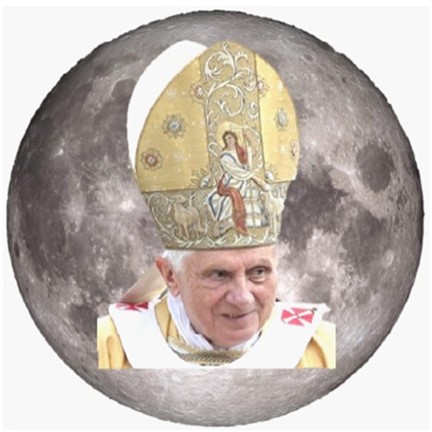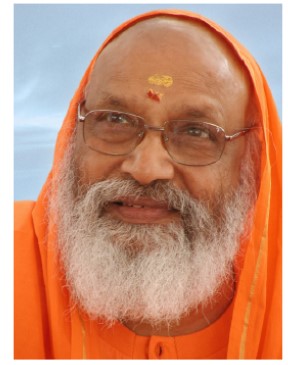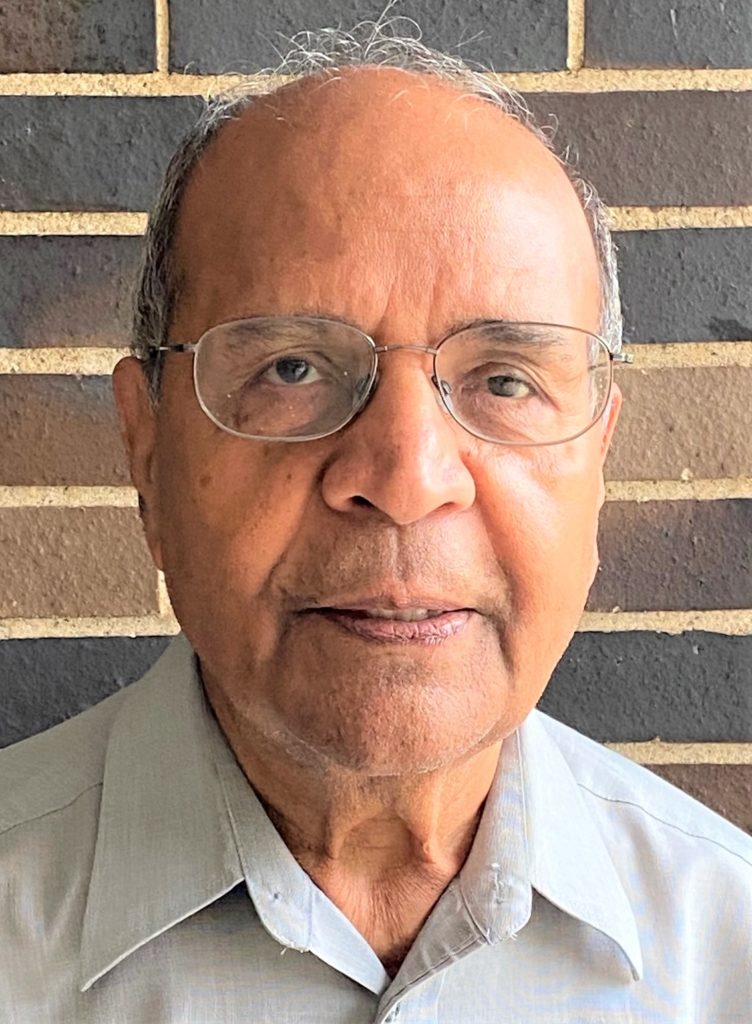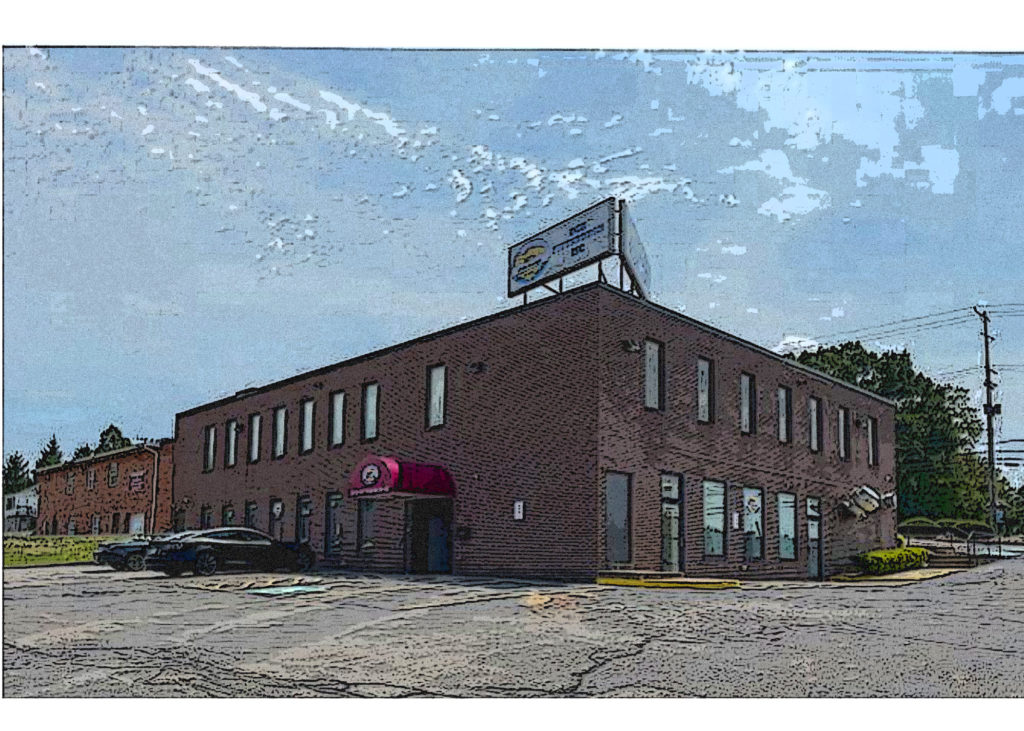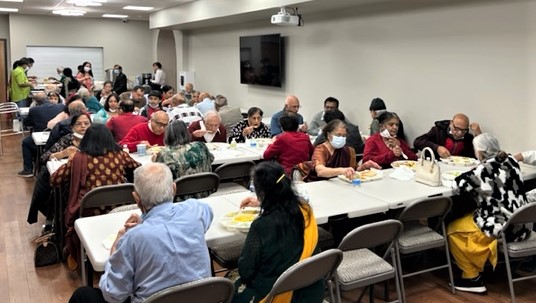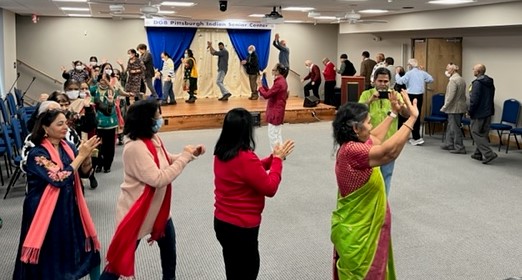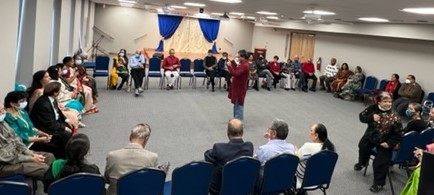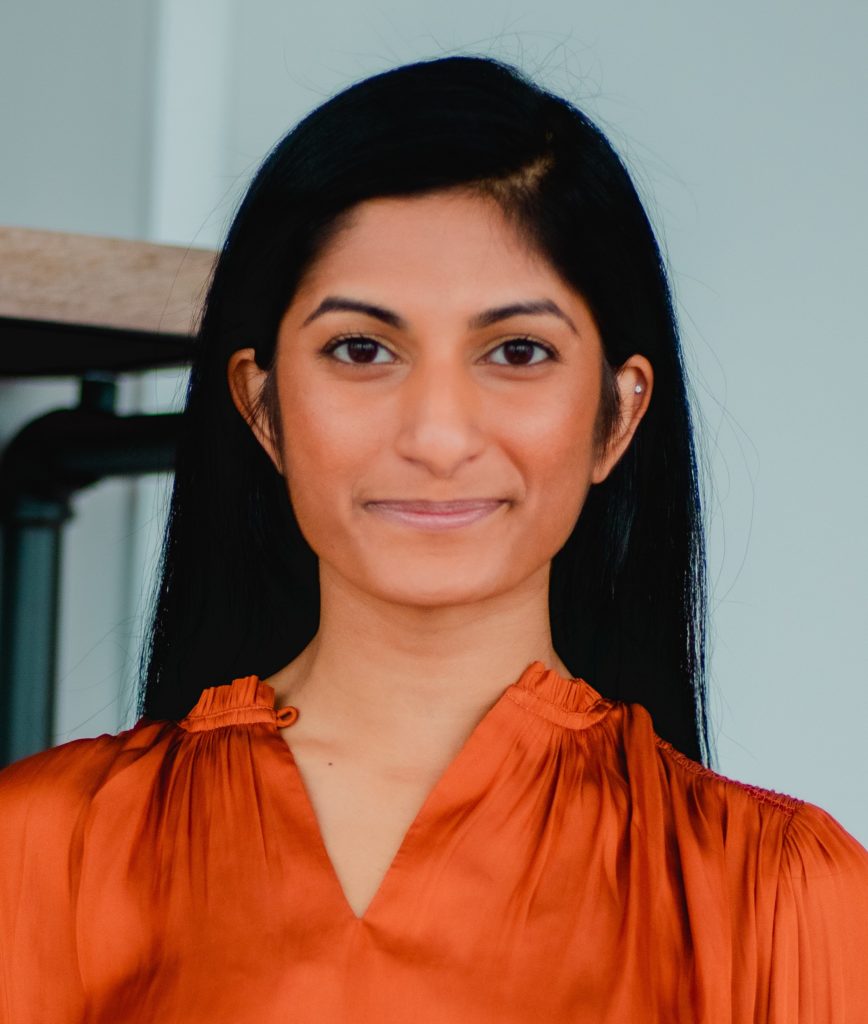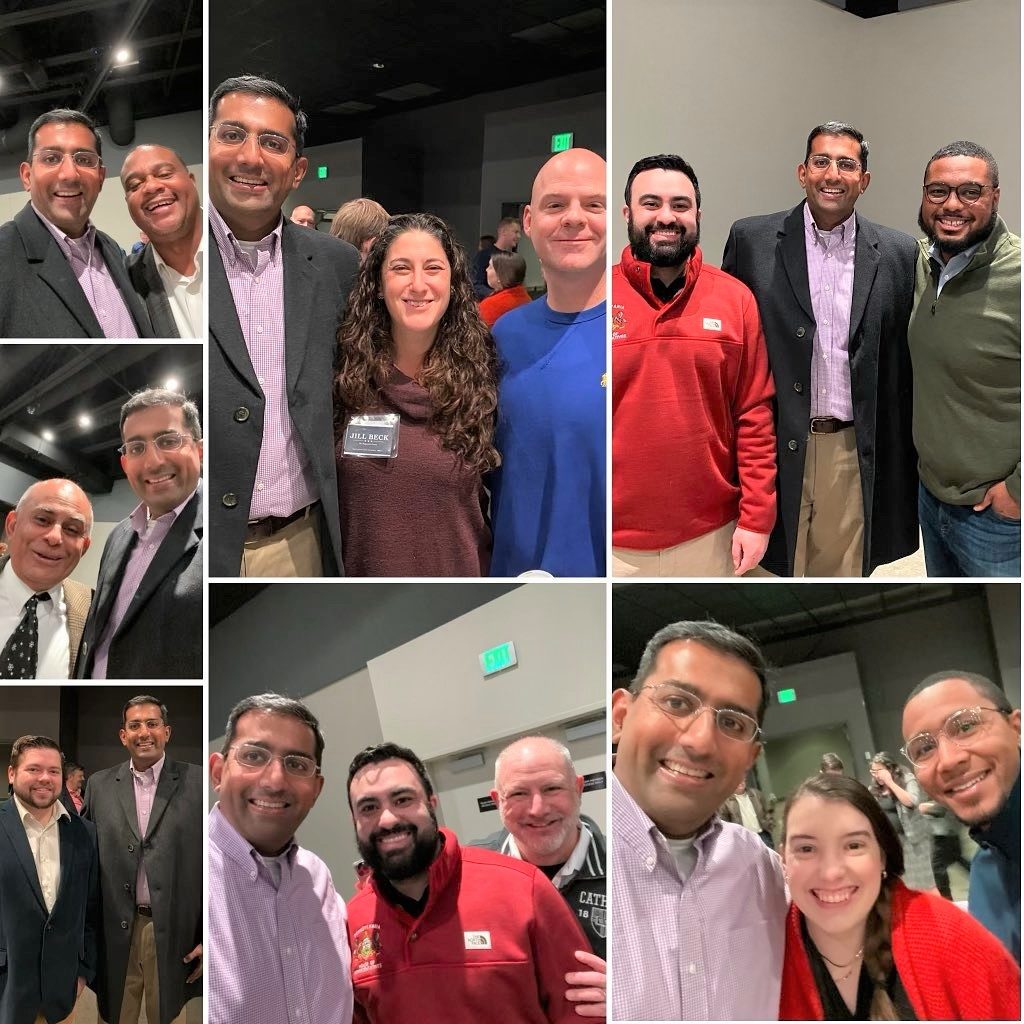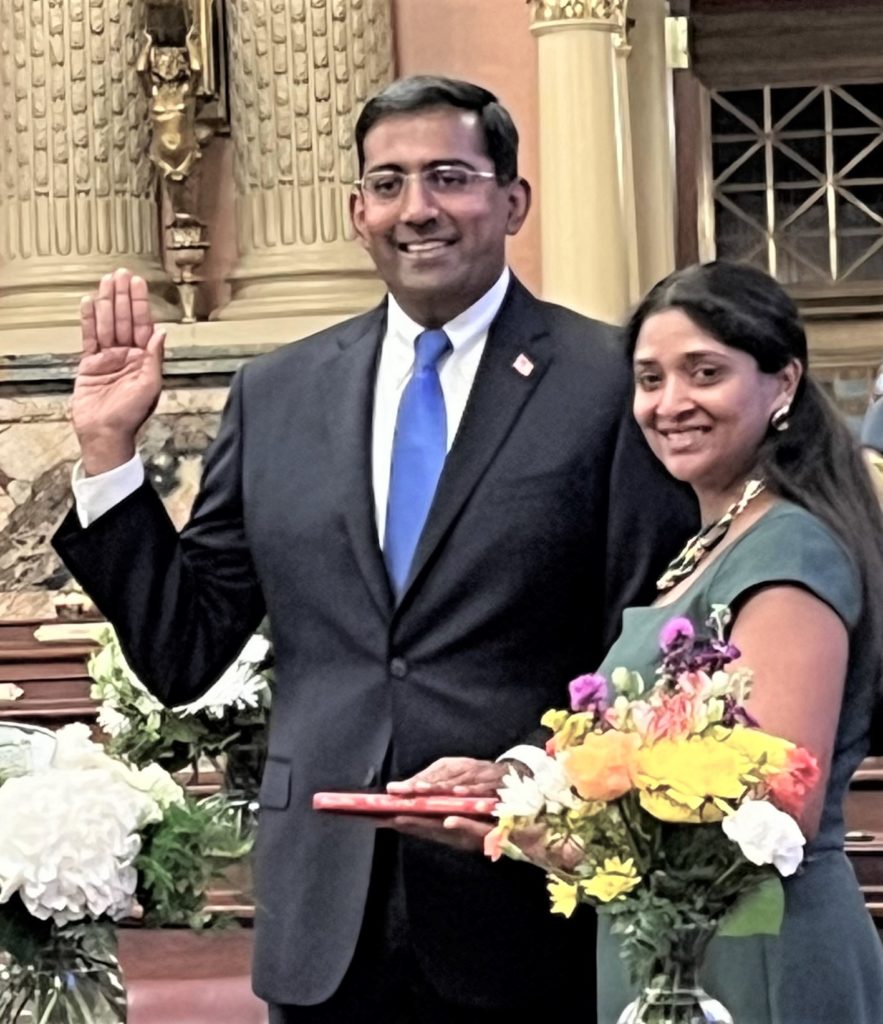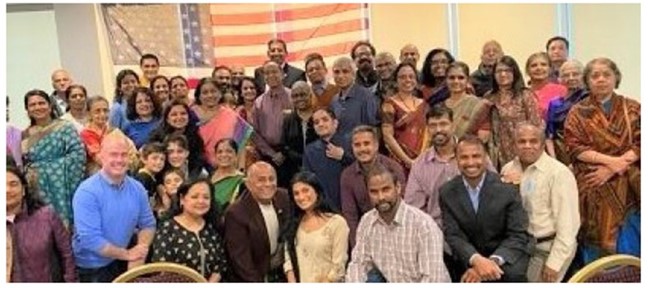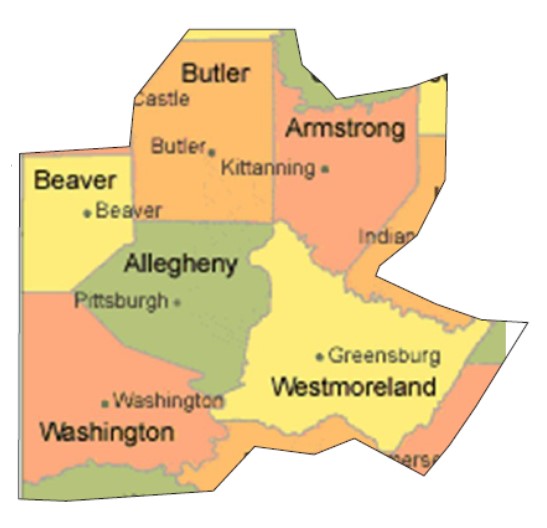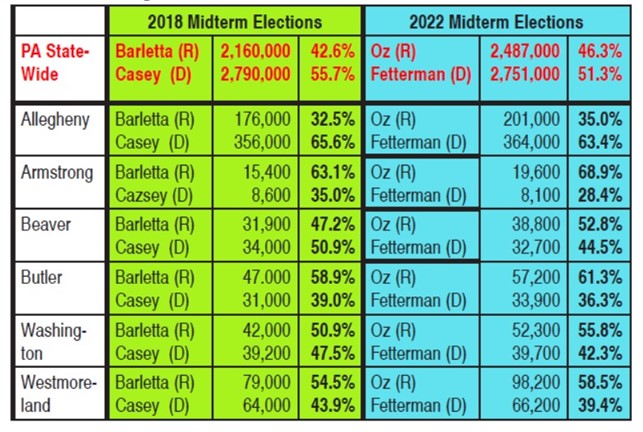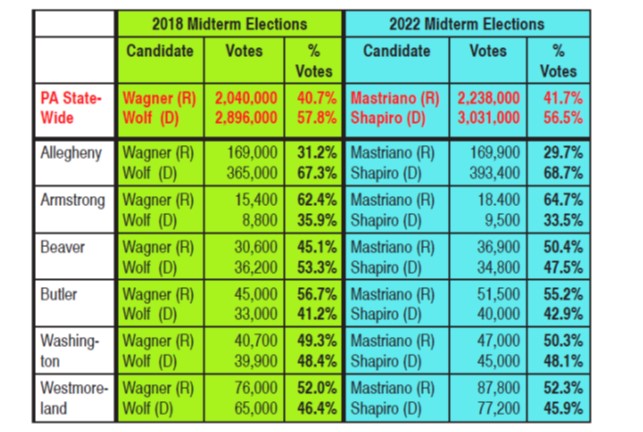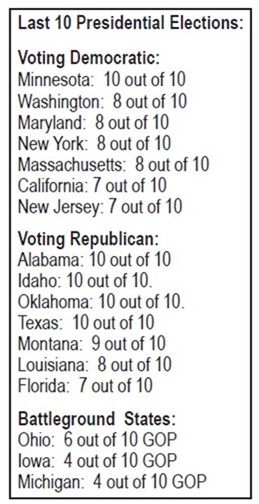Archive for category January 2023
Obituary: Emeritus Pope Benedict (April 16, 1927 — December 31, 2022
Posted by admin in January 2023, Past issues on January 14, 2023
Kollengode S Venkataraman
He stood firmly on the Catholic Church’s orthodoxy, even as the ground he was standing on was tectonically moving within and beyond his church. His interactions with non-Catholic faiths were equally doctrinaire.
On December 31, Pope Emeritus Benedict XVI, 95, died in the Vatican. He became Pope in April 2005. In 2013 Benedict resigned from the Papal Office citing “old age and lack of stamina” as the reasons. Before becoming pope, as Cardinal Joseph Ratzinger, he was a cerebral orthodox Catholic theologian. Pope John Paul II appointed him in 1981 as the Prefect (chief officer) of the Congregation for the Doctrine of the Faith (CDF), known in the 16th century as the Roman Inquisition, with its notorious history in Europe.
The Inquisition in Europe also had an Indian version in Goa with the horrific details available in the Catholic church records and other sources of that era in the Konkan region. The Goan inquisition (imposed by the Portuguese king on the recommendation of Francis Xavier) banned the sale of books in the Konkani, Marathi, Sanskrit and Arabic languages. The use of Konkani was forbidden in the Portuguese colony of Goa.
The Christian missionaries in Goa called the Hindus ‘uncultured’ and ‘savages,’ who worshipped black idols ‘resembling demons’; Hindus were forbidden from holding public office, inheriting their father’s property and testifying as witnesses in courts. If a Hindu child was deemed to be an orphan by the colonialists, the child was taken by the Society of Jesus (founded in 1540 by Ignatius Loyola, Francis Xavier, and others) and made to change his religion. Hindus couldn’t be clerks in village offices. In 1567, a law banning Christians from employing Hindus in the colony was introduced. Chock-full information is available on the Internet and on YouTube.
This is the history of the Congregation for the Doctrine of the Faith that Ratzinger headed as the appointee of Pope John Paul II.
Cardinal Ratzinger’s appointment as the prefect for CDF was for his intellectual acuity and orthodoxy on doctrinal matters. Before Cardinal Ratzinger became Pope Benedict XVI, the Catholic Church in Europe and North America was in turmoil of its own making: in the 1980s, Catholic laity in their 40s and 50s in North America and Europe were outing scores of Catholic priests for sexually abusing them when they were young boys. The pedophilia within the church and homosexuality among priests was deeply embarrassing to the Catholic Church.
What made this worse was the fact that the Catholic hierarchy including archbishops, and even the Vatican – with Ratzinger as the Prefect of the Congregation for the Doctrine of the Faith — was aware of this problem. The Church covered it up without punishing the erring priests. Eventually the scandal exploded in the open with many dioceses in the US filing for bankruptcy protection against lawsuits by their own laity. The moral bankruptcy preceded the financial bankruptcy.
Given this background, when Pope Emeritus Benedict died on December 31, 2022, the media headlines blared, summarizing the complexity of Benedict’s papal term:
The New York Times: Benedict was criticized for his handling of the church’s sex abuse scandal; From Germans, an outpouring of mixed emotions at Benedict XVI’s death; Benedict leaves behind a conflicted legacy on clerical sexual abuse.
Washington Post: Pope Benedict shows us how the Catholic Church went so terribly off course
The Guardian from the UK: “During Pope Benedict’s tenure as the allegations of clerical sexual abuse and its cover up began to surface, his critics said he failed to grasp the gravity of the crimes and the scale of the crisis, which reached a peak several years after he was elected pope.”
Thus, the intellectually sharp and conservative Cardinal Ratzinger, who later became Pope Benedict XVI, was standing firm on the orthodoxy of the church, even as the ground on which he stood was tectonically shaking. We need to see Pope Benedict’s resignation from the papal office against this background of the pedophilia and sex scandals exploding in North America, Europe, even in South and Latin America.
Why the long intro to this article? Well, if Ratzinger and Pope Benedict was this rigid within the Church, why should his attitude towards non-Abrahamic faiths be any different? Towards the theistic, polymorphic, and even agnostic approaches to the Divine Ground outside Christendom?
In the 1990s before the ushering of the new millennia in 2000, the United Nations wanted to produce a declaration on religious amity. It instituted a committee of all major religions. A draft resolution was circulated among the leaders from diverse faiths — Judaism, Christianity’s many branches, Islam, Buddhism, Zoroastrianism, Jainism, Hinduism, Sikhism, and others. Cardinal Ratzinger led the Vatican delegation.
While finalizing the draft, Swami Dayananda Saraswati made his case that the resolution should replace “tolerance” among the religions with the phrase “mutual respect.” The Swami’s point was that “tolerance” may signify no more than the permission given by the adherents of a dominant religion for other religions to exist. An example given was, when we are invited as guests, simply to be “tolerated” by our host is an insult. We want to be treated with respect as equals. See here Rajiv Malhotra’s article.
Cardinal Ratzinger objected to replacing “tolerance” with “mutual respect.” As Rajiv Malhotra of Infinity Foundation noted then, “If religions deemed ‘heathen’ were to be officially respected, there would be no justification for converting their adherents to Christianity.”
Swami Dayananda Saraswati was under pressure to relent. But the Swami persisted that it was time for the non-Abrahamic religions to be accepted as equals and not just tolerated by the three “religions of the book.” At the last minute, the Vatican conceded, and the resolution declared that all religions would agree to respect one another. This was big news and was broadcast widely among the non-Abrahamic religions.
However, within a month, the Vatican backtracked saying that while “followers of other religions can receive divine grace, it is also certain that objectively speaking, they are in a gravely deficient situation in comparison with those who, in the Church, have the fullness of the means of salvation.”
Even as people from all over the world poured in their messages praising Emeritus Pope Benedict’s death, I feel comfortable being an insignificant contrarian, given my roots within the polymorphic faith called Hinduism and Gautama Buddha’s agnostic approach to understand our Divine Ground. ∎
Mandal Singh Persuades the Gateway School to Recognize Deepavali as a School Holiday
Posted by admin in January 2023, Past issues on January 13, 2023
By K S Venkataraman
Mandal Singh has been living in this metro area for over fifteen years after a circuitous route in his career in Sweden, and France. He was born in the pilgrimage town of Gorakhpur in Uttar Pradesh, India, where he completed his master’s degree in botany. After teaching at the Udaipur University for four years he went to the Indian Institute of Science (IISc), Bangalore. After one year at the IISc, he went to the University of California, Santa Cruz and earned his PhD in biology in 1974.
From 2007 to 2013 he was a faculty member at the Department of Medicine, Dorothy P. & Richard P. Simmons Center for Interstitial Lung Disease, University of Pittsburgh School of Medicine. Now he is retired.
Mr. Singh, with his wife Madhu, moved to Monroeville in 2010. He became active in the Monroeville Public Library, and got elected to the library governing board, where he served for five years. Believing that he could contribute to the Gateway School System, in 2021, with help from friends and lot of legwork, he was elected to the Gateway School Board in November 2021.
Hindus, Jains, Buddhists, and Sikhs celebrate Deepavali, the festival of lights, in different contexts. Recently, the New York City Public Schools with one million students declared Deepavali a holiday.
So, in November 2022, Mr. Mandal Singh introduced a resolution at the Gateway School Board meeting to recognize Diwali as a holiday. Mr. Singh was happy when the school board adopted his suggestion at the December 8, 2022 meeting, and passed the resolution declaring Deepavali as a school holiday starting in the 2023-2024 school year and replacing the Friday-after-Thanksgiving holiday for Deepavali in the Gateway Public School calendar.
Adding a new and additional school holiday for a religious festival is extremely difficult in the US, given our ethnic and religious diversity. However, Mandal Singh’s effort is worthy of our recognition because now the Gateway School System acknowledges Deepavali as a religious festival for students of Indian origin in the school district and let other students know of this important festivals celebrated by Hindus, Buddhists, Jains, and Sikhs in many parts of the world beyond India. ∎
The Dhru Gul Bhagwanani Senior Center Opened After Renovation
Posted by admin in January 2023, Past issues on January 13, 2023
By Jamnadas Thakkar
Editor’s Note: Dhrupadi and Gul Bhagwanani, long-time, low-key residents of our area, both passed away in 2012 within a span of two months. They were both Children of Partition. They left their considerable estate to charity in their will. Jamnadas Thakkar, known to many and a friend of the Bhagwananis, worked for several years as the state-appointed executor for their estates that culminated in a sizable part of their estates going to the creation of the Dhru Gul Bhagwanani Pittsburgh Indian Senior Center (The Bhagqwanani Senior Center hereafter), inaugurated in 2019. Location: on Business Route 22 in Monroeville, near the Miracle Mile Shopping Center, minutes from the Turnpike and Interstate 376.
This fall the center was renovated conforming to the guidelines in the Americans with Disabilities Act (ADA) for seniors to use the resources of the facility. Here Jamnadas Thakkar’s reports on the renovated place.
The renovated Bhagqwanani Senior Center reopened on October 9, 2022, as a much larger 4,500 sq. ft. facility on the ground floor (no steps) with ADA-required amenities at 3955 Monroeville Blvd., Monroeville, PA 15146. It also has an entrance on 3946 William Penn Highway (Business Rt.22).
The center has a social/meeting hall with a seating capacity for 100, a stage with a large 16’ screen, and theatre-style audiovisual amenities. Also available is a full-fledged commercial kitchen, an exercise room with a bike and a blood pressure machine, a dining hall with senior-friendly game supplies and a small shrine for personal prayer. The center is equipped with state-of-the-art safety, security, and surveillance systems.
More than ninety invited guests from the social, cultural and religious organizations in our metro area attended the inauguration on October 9. Haresh Malkani, with the help of Rahul Joshi and Tridas Mukhopadhyay, organized the event with Brita Chakrabarty as the emcee.
The highlight of the program was a Kuchipudi dance recital by Kamala Reddy’s students Sia Iyer, Srimayi Mulukutla and Arpitha Udupa, followed by a Bollywood Karaoke music performance by Vijeta and Gaurav Hombali, Sheela Raju, Ganesh Krishnamoorthy and Haresh Malkani.
A large number of people attended the center’s Open House on Saturday, October 15. The first public event at the center was the Diwali gala on October 22, with Sasikala Krishnamoorthy, the office manager, organizing a cultural program. Over ninety people attended the gathering.
The center is open to all Indian seniors over 60 years of age and their spouses on Saturdays and Sundays from 11:00 am to 3:00 pm during winter, and 11:00 am to 4:00 pm during spring, summer and fall.
Regular activities include Yoga classes from 11:00 am to 12:00 noon on Saturdays (by Saroja Chandrasekaran) and on Sundays (by Mandal Singh), followed by lunch between 12:00 noon and 1:00 pm.
The center holds senior-friendly games (carom, cards, bingo, antakshari, movies) offering tea, coffee, and snacks from 1:00 pm onwards.
Other activities at the center are lectures and talks on Medicare Open Enrollment Options, Taxes 2022 and Beyond, Investment Strategies, and on health, wellness & medical care. The center will organize these events with the option for in-person participation and live broadcast on Zoom and FaceBook. All programs are followed by lunch. The center also will organize special programs such as Karaoke, and dance performances with Bollywood singing on a monthly/quarterly basis. Future programs will include on art, painting, decoration and singing classes, cultural shows & drama, indoor games (bridge, bingo, chase, billiard/pool, table tennis), musical chairs, Bhajans, Satsang, and discourses.
President’s Message: “The center recognizes the self-worth of older adults and provides them services and activities in a friendly atmosphere to encourage and support senior life. Join us for group activities of yoga, music, discourses, exercises, and one-on-one interactions. We serve snacks and tea/coffee on Saturdays and Sundays. Most importantly there are No Admission or Membership Fees of any kind.”
Members of a managing board volunteering time for the center: Radhu Agrawal (President), Satish Jindel, Kishor Mehta, Rahul Joshi (Secretary) and Ex-Member P.J. Gursahaney. Advisory Committee Members: Umesh Golani, Haresh Malkani, Tridas Mukhopadhyay and Rajnikant Popat.
People who served in previous years: Mohan Chabra (Chairman of Programs), Mahendra Shah (who designed all the signs & logos), Praful Desai, Sumedha Nagpal, Bharti Patel, Jasbir Sayal, Mira Shah, Datar Singh & Prabhanand Yedla. Office Managers: Sasikala Krishnamoorthy & Sandhya Sampat (Ex-Manager). Volunteers: Prakash Patel (Structural Design during Construction and Renovation), Gopal Krishnamoorthy (IT help), Prajna Parasher and Nidhi Gangwar (Interior and exterior decorations); Jay Gowda (Audiovisual)
Saroja Chandrasekaran (Yoga and Ex-Advisory member); Mandal Singh and Bhavna Mehta (Yoga teachers); Nandini Mandal (Taal Se Taal Mila exercises with music); Nisha Joshi of NYC, and speakers who gave talks on health, Medicare, finance, taxes and investment and others.
Thanks to Hindu Jain Temple and S.V.Temple for providing the priest services; and many thanks to the Monroeville municipality zoning, permit and police departments for their continued support & cooperation. Contact Info: (412)376-9933 e-mail: iscpdgb@gmail.com website: www.pittsburghindianseniorcenter.org ∎
Dr. Arvind Venkat, Pennsylvania’s First Indian American State House Representative
Posted by admin in January 2023, Past issues on January 12, 2023
By Ramita Ravi, New York, NY
Edior’s Note: Ramita Ravi, a Pittsburgh native, graduated from the University of Pennsylvania with a degree in Health & Societies. She moved to New York to pursue dance professionally and became the first Indian to be featured on So You Think You Can Dance. She dances for TV/film/theater and recently choreographed for Coachella, Miss America, and opened a Broadway bound musical. Ramita is Co-Founder and CEO of a tech startup incubated at The Wharton School: Artswrk, the world’s first marketplace to hire artists.
Born in Madurai, Tamil Nadu, Dr. Arvind Venkat immigrated with his parents to the Detroit area in his early childhood. His parents were young physicians when they came to this country. Like many others in their generation, they came to pursue a higher education in their fields. After their medical residency, his parents talked about moving back to India, but found a home in the strong Tamil community that was already growing in the Detroit Area, like in many other parts of the US in the 1970s and 80s.
Dr. Venkat went to Harvard University where he majored in History and Science. He wanted to become a lawyer, but after a law internship during his freshman summer, he decided to pursue medicine. Given his diversified interests, he felt that his undergrad education in history and science was a great fit to kick off his his journey on how the sciences of health intersect with society. He went to Yale University for medical school and did his emergency medicine residency at the University of Cincinnati’s Hospital.
In medical school, he met his wife Veena, a longtime Pittsburgh native. They got married and settled in Pittsburgh. As an emergency physician, Dr. Venkat was immersed in work at the critical intersection of healthcare and society – in the Emergency Room. He says with a deep sense of satisfaction, “In the emergency room, all patients get medical care regardless of their socioeconomic status, with no questions asked. It is the one place in America where most barriers to medical care fall away, and physicians make an immediate impact on people’s lives in life-threatening situations.”
Simultaneously, he joined the faculty at the Allegheny General Hospital working on public health programs from flu vaccination projects to training for EMS providers, and initiatives on the needs of those on the autism spectrum, and on the importance of a greater voice for emergency physicians and their patients. He started working with the Pennsylvania College of Emergency Physicians and eventually became the president of the organization, with opportunities to improve care in emergency rooms across the state.
A combination of these experiences gravitated Dr. Venkat to the public sector. “The real catalyst was the COVID-19 pandemic in 2020,” says Dr Venkat. “During the early days of the pandemic, it became clear to me that the public health system needs greater resources and resilience – and it also needs trust from the community at large. That is when I decided to run for elected public office to be a public health advocate and help pass legislation that would reach PA residents in times of dire need.”
Dr. Venkat launched his campaign on the Democratic ticket in February 2022 seeking to represent the 30th District in the Pennsylvania House of Representatives in Harrisburg. He spent the bulk of time knocking on a grand total of 13,000 doors. The 30th District in the Lower House of the Penna Assembly includes McCandless, Franklin Park, Ohio Township, Kilbuck, Emsworth, Ben Avon, Ben Avon Heights, and the western part of Hampton Township. The district is 85% Caucasian, 15% minority with South Asians making up about seven percent of the population. Its residents are mostly college-educated with a large STEM workforce and sa strong public school system.
“Taking time to make one-on-one connections with voters was the most important and most enjoyable part of my campaign,” says Venkat. “As I met my future constituents, I opened conversations around public health, public safety, and public education. I touched on difficult topics like affordable healthcare, women’s reproductive rights, and gun safety. I sometimes spent thirty minutes to an hour having a dialogue with folks on these tricky topics — even when they disagreed.” While this might not have changed his voters’ minds on those touchy topics, it certainly allowed them to hear the other perspective and reach common ground. Venkat says with great satisfaction, “The lesson from this is that having a willingness to meet people where they are and engage them in conversation is important to generate collective action and progress.”
The 30th District has a population of 64,000 residents. With 34,000 voters casting their ballots, In the November 2022 election, Venkat defeated his Republican opponent Cindy Kirk with a comfortable margin of 55/45.
In America, as everywhere else in the world, the reality of any electoral political campaign is that it needs money—a lot of it, in fact. “And this election was,” says Venkat ruefully, “a $2 million campaign for this single state house seat.” With 34,000 voters going to the polls, this campaign cost almost $59 per voter.
For comparison, in the 2020 presidential campaign, Biden and Trump got 81 million and 74 million votes respectively, with the two campaigns spending $5.8 billion. (Reference: www.tinyurl.com/2020PresidentialRace) This works out to the two campaigns together spending only $37 per voter in the 2020 US presidential race.
Just imagine, the 2022 election for Pennsylvania District 30 was more expensive per voter than even the 2020 US Presidential campaign! This is insane!
To raise funds, Venkat drew on support from friends, family, and community members who shared the importance of investing in the public sector and using resources to make their voices heard.
While the South Asian community generally shies away from electoral politics, Venkat spoke to South Asians here on the importance of being leaders and trailblazers in public life and in electoral offices. Venkat believes that, just because that representation has not existed to date does not mean it should not be a reality. He says, “We get the elected leaders that we deserve. In my nine-month long campaign, I received countless messages of support, had meaningful conversations, and felt energized by the idea of South Asians organizing to vote and making their voices heard in the political process.”
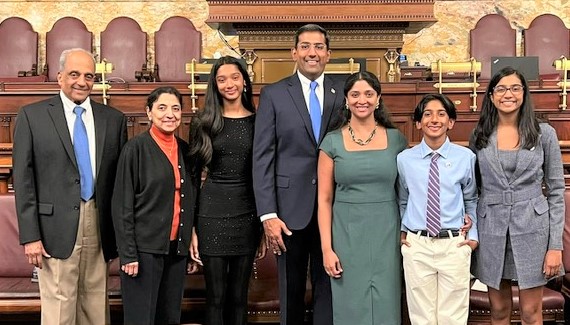
Dr. Venkat will head to Harrisburg to officially start his term in early January. When discussing what his early days will look like, a few things came up. First, the state house flipped control from Republican to Democrat (Democrats: 102, Republicans: 101). However, there are now three vacant seats from representatives who either moved to higher office or unfortunately passed away before the term began. As a result, there will be special elections for these seats. Dr. Venkat feels that it is imperative that these elections happen early so that each district has representation in the state house. Another Indian American, Bhavini Patel, has announced her candidacy to fill the vacancy in one of these open State House seats. If you live in that region, please look out for her, and learn about her work.
Once Dr Venkat is in office, he hopes to advocate for funding for early responders, investments in public education and childcare, policies around affordable and accessible healthcare, preserving reproductive rights for women at the state level, and expanding access to the ballot box through methods like early in-person voting.
While we as a country are often drawn to national elections, it is the state and local levels that closely affect our daily lives. Whether school board elections, county commissioner races, or others, these local elections require the same energy, turnout, and attention to make sure our voices are heard in the political process. Arvind feels excited that it is trending upward – in 2014, voter turnout was 30% nationwide, but this year it was 70% in his district — imagine if we only could inch closer to 90% to get elected leaders that represent all our voices.
It is with love, care, and support from the South Asian community, and communities at large, that Dr. Venkat ran in this race. He says he is a product of this community – his wife grew up here, they moved here, and they are raising their family here. As a community, it is imperative that we are engaged in the political sphere and make our voices heard – whether by supporting candidates, voting in every election, or running for office. We have the opportunity to share the values our families brought to the US and make this country even better for the next generation. Dr. Venkat is the first Indian American in this position in Harrisburg. He is confident and excited that he will not be the last. And so are we. ∎
The Way We Elect Our Leaders Is Not Reassuring
Posted by admin in January 2023, Past issues on January 12, 2023
By Kollengode S Venkataraman
There is widespread belief that American voters judiciously elect their leaders after evaluating their candidates and the issues they confront in national elections. This is because globally, the United States’ history in electoral politics has gained mythical dimensions, eventually getting into high school textbooks in many parts of the world. However, we can make a case that American voters in the aggregate are not that discerning in electing their leaders. This is despite our long traditions in grass roots democracy since the days when the Pilgrims arrived in Massachusetts on the Mayflower in the 17th century. Our voters seem to follow their past voting patterns based on their beliefs, ideologies, deeply held anxieties towards change, even prejudices.
A more troubling pattern in the US is the sharp differences in the voting patterns among the urban, suburban, and rural populations. These groups live in silos, with little efforts to understand each other’s hopes, priorities, and anxieties. Worse still, they live with mutual disdain and condescension towards each other despite all the wonders of instantaneous communication and affordable gadgets for disseminating information. One can even make a case that the silos mentality is because of the instantaneous and affordable access to information, with well-funded campaigns that only reinforce people’s beliefs and prejudices.
This situation makes it difficult for building consensus to bring about changes with minimum discord. This is becoming a global trend in developing and less developed economies with ominous consequences.
In the 2022 midterm elections in Pennsylvania, we had “open seats” for the US senate and governorship, with the none of the GOP and Democratic candidates having the benefit of incumbency. For the US Senate, the candidates were Mehmet Oz (R) and John Fetterman (D); and for the governorship, Doug Mastriano (R) and Josh Shapiro (D).
Even though the seats were “open,” candidates Mastriano, Fetterman and Shapiro were not new to electoral politics in the state. Fetterman was the elected lieutenant governor for the retiring governor Tom Wolf, and Shapiro was the elected Attorney General, both having won in state-wide elections. While Fetterman and Oz won in the party primaries early in 2022, Shapiro was unopposed in the primary.
Mastriano too was not new to electoral politics: he is the state senator in Harrisburg for District 33 comprising Franklin and Adams counties, part of what is known as “the Dutch Country.” He won in the party primary for the governor’s office. Mastriano is a US army veteran (30 years), retired as a colonel after serving in Europe during the Cold War, and in the wars in Kuwait, Iraq, and Afghanistan.
The GOP US Senate candidate Mehmet Oz, a New Jersey native and a retired cardiothoracic surgeon, was a TV personality promoting health fashions in Oprah Winfrey’s morning shows. Oz was new to electoral politics—not having contested even in school board elections—and an “outsider” in Pennsylvania. But Oz had the backing of President Trump.
These “open seat” situations gave an opportunity to study the voting patterns in the “urban” Allegheny County (with Pittsburgh at the center) vis-a-vis the five surrounding suburban counties. See the picture below.
Fetterman (D) was a “local” candidate with an unusual background. He was born in southeast Pennsylvania to parents who were nineteen years old at the time of his birth. He was raised in affluent suburban York, PA and his parents were Republicans.
While Fetterman was studying at the University of Connecticut for his MBA, his best friend died in a car accident that deeply affected him. Later, Fetterman joined the NGO Big Brothers Big Sisters of America, pairing with an eight-year-old boy in Connecticut whose parents both died of AIDS. He worked for two years in Pittsburgh in risk management as an underwriter. In 1995, he joined the AmeriCorps, and was sent to teach Pittsburgh adults pursuing their GEDs, giving a second chance to people who did not complete high school. He later went to Harvard’s Kennedy School graduating in 1999 with a master’s degree in Public Policy. (Source: Wikipedia)
Fetterman is known in our region as the Mayor of Braddock between 2006 and 2019, a rundown municipality in the Mon Valley (once a thriving place in the heydays of Mighty Steel decades ago), now known for poverty, violence, and crime. His work in Braddock gave him national recognition.
With this background, Fetterman was seen by many as a shoo-in candidate for voters in our region, given that his opponent Mehmet Oz, a multimillionaire TV doctor was seen as a carpetbagger from New Jersey.
Oz, the son of Turkish immigrants, raised in Wilmington, Delaware, is a dual citizen of the US and Turkey. He went to Harvard University (biology undergraduate), and later to the University of Pennsylvania (medicine and MBA degrees). In 2001, he became a professor of surgery at Columbia University and was a well-recognized cardiothoracic surgeon. In the early 2000s, Oz was a regular guest on The Oprah Winfrey Show. In 2009, he started his own The Dr.Oz Show, a daily television program on health and medicine, running for thirteen seasons. Oz dabbled in alternative medicine, faith healing, and various paranormal beliefs that earned him criticism from a number of medical publications and physicians (Source: Wikipedia).
Given this contrast between Fetterman (D) and Oz (R) as candidates for the US Senate, I too expected that Fetterman would have no problem harvesting votes from our region of the six counties, namely the urban Allegheny County and the surrounding five suburban counties. But an analysis of the votes polled in the elections revealed something quite different and significant in US electoral politics. The voter data extracted for this story is from www.electionreturns.pa.gov/#
Historically in US elections, there are significant differences in the voter turnout between the quadrennial presidential elections and the biennial midterm elections. Therefore, comparing the voter data in the presidential elections with those in the midterm elections may muddy the analysis. Therefore, the results of the midterm 2022 are compared with those of the midterm 2018 elections. The table below shows the results of the 2018 and 2022 midterm elections.
In the 2018 midterm elections for the US Senate, Bob Casey (D), the incumbent US Senator, ran against congressman Lou Barletta (R), the GOP candidate for the US senate. Barletta too, like Oz, had the former President Trump’s endorsement.
On the statewide votes count (red letters at the top of the table), in the 2018 midterm elections, the Democratic incumbent Casey with 56% of the votes defeated Barletta who got 43% of the votes. In the 2022 election, the Democrat Fetterman, the PA native son, could defeated the outsider Republican Oz only with a narrower margin of 51% vs Oz’s 46%.
Incidentally, after nearly 80 years, Pennsylvania now has both US senators from the Democratic Party. The last time this happened was in the 1940s. In that sense, there is a big palpable change on the electoral politics in our state, partly attributable to the redistric https://www.msn.com/en-us/feed ting of electoral maps.
When we drilled down the voter data for the counties in our region, the numbers are quite revealing. Historically, the highly urban Allegheny County, as urban counties everywhere in the US, has always been heavily Democratic.
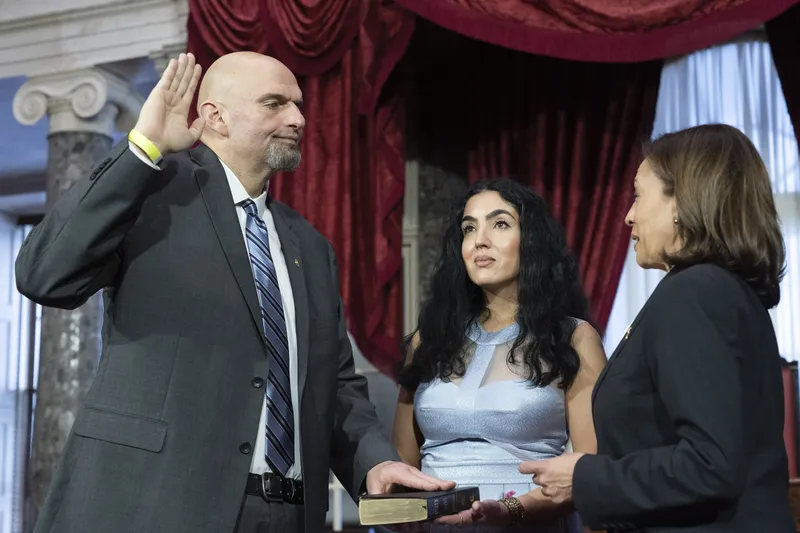
Therefore, in the 2018 Midterm (green part of the Table), in Allegheny County, the vote split between Casey and Barletta was 66/33. For Fetterman in 2022, the vote split against Oz was narrower, namely, 63/35. It is noteworthy that even though Fetterman is from our region with an impressive record, he got only 63% of votes in Allegheny County against OZ, an outsider from New Jersey, lower than Casey’s 66% of votes against Barletta.
Again, historically, all counties surrounding Allegheny County have always been consistently Republican, some more, some less. This is a common trend between the urban and the surrounding suburban counties in all fifty states in the US. Compared to the 2018 midterm, in the 2022 midterm elections, all the surrounding counties voted even more heavily Republican. See below:
2018 Midterm 2022 Midterm
Armstrong County: 63% GOP 69% GOP
Beaver County: 47% GOP 53% GOP
Washington County: 51% GOP 56% GOP
Westmoreland County: 55% GOP 59% GOP
Fetterman, a Harvard MBA, is a “native” local candidate heavily invested in the region, with an impressive track record, serving as mayor in one of the most depressed municipalities in our area. Even with such a record as Fetterman’s, the Democratic party still got a smaller percentage of the votes in the 2022 midterm against the GOP’s outsider Oz, compared to what the Democratic party got in the 2018 midterm race for the US Senate.
That is, irrespective of the merits and track record of the candidates and his/her political roots in our region, citizens here, in the aggregate, voted only based on their party affiliation, political ideologies and visceral Red-Blue identities, and deeply held beliefs and prejudices. The individual candidate’s qualifications, personal track records and roots in our region did not seem to matter.
In the gubernatorial elections too, the 2022 midterm was an “open seat” between Shapiro (D) and Mastriano (R). Both were in state elective politics, with Shapiro as the attorney general and Mastriano as a state senator in the General Assembly in Harrisburg. Both were “native” Pennsylvanians. See the table below for the voting data. It is noteworthy that in the two midterms, the percentage of votes the two parties got were remarkably close. In the aggregate, the votes the candidates received were more dependent of voter’s political ideologies and party affiliations between the GOP and the Democratic parties, and not necessarily on the candidates’ track records.
This pattern in political affiliation among people in urban counties (heavily Democratic) and suburban counties (heavily Republican) is seen throughout the United States. And when you add the rural counties into this mix, the interior rural counties tend to be even more Republican than suburban counties.
Another important feature in the US presidential elections is that many states have repeatedly voted for either the Democratic or the Republican presidential candidates. This is irrespective of who the candidates were, and no matter what the burning economic, military, foreign policy, or cultural issues at the time of election have been. See the table below showing how the states voted in the last ten presidential elections — over a 40-year period, nearly two generations.
Also, the population densities in urban counties are several times that of the suburban counties. Example in our region: Allegheny county’s population density is 1650/sq. mile, while that of neighboring Westmoreland County is 350/sq mile and that of Armstrong County is only 100/sq mile. The population densities in suburban counties, in turn, are orders of orders of magnitude higher than the population densities in rural counties (the population densities of Bedford, Bradford, Cameron and Clarion Counties are 50-, 50-,70- and 10 per sq mile.
The US has been the dominating force in the last 80 years in wealth creation, global politics, military might, sports, entertainment, R&D, higher education, and communications and electronic news media… … Not only the outside world, but even Americans themselves—at least a large cross section of Americans—seem to believe in what has come to be known as American Exceptionalism. Hence there is widespread belief in Asia (and in Africa and Latin America) that Americans, with their grassroots tradition in electoral democracies make judicious choices in electing their leaders.
However, American voters in the aggregate, as shown in this analysis, are not as discerning as they are believed to be in electing their leaders. This despite their long traditions in grass roots democracy since the days when the Pilgrims arrived in Massachusetts on the Mayflower in the 17th century. They seem to simply follow their past voting patterns based on their beliefs, ideologies, even visceral fears, and prejudices.
A more troubling pattern in the US is that the urban, suburban, and rural populations live in silos, with little effort to understand each other’s hopes and anxieties; and worse still, with mutual disdain and condescension towards each other. This is makes it difficult to build a consensus needed to bring about changes with minimum discord. These three groups could as well be living in different countries and cultures. ∎

